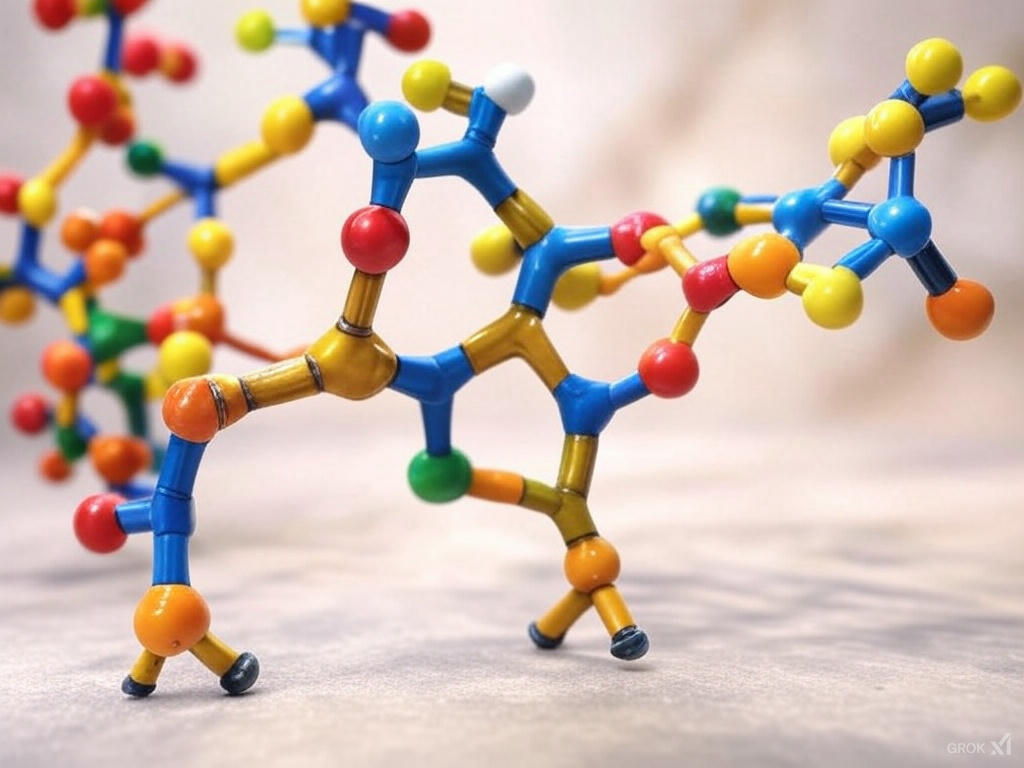Diesel
 Diesel is another type of fuel derived from crude oil, used primarily in diesel engines found in trucks, buses, trains, heavy machinery, and some cars. Like gasoline, it’s a hydrocarbon mixture, but it’s heavier, with molecules typically containing 10 to 15 carbon atoms, think compounds like dodecane (\(C_{12}H_{26}\)). It’s produced through the same refining process as gasoline, involving distillation to separate crude oil into fractions, but diesel comes from a higher-boiling-point range, making it less volatile and denser.
Diesel is another type of fuel derived from crude oil, used primarily in diesel engines found in trucks, buses, trains, heavy machinery, and some cars. Like gasoline, it’s a hydrocarbon mixture, but it’s heavier, with molecules typically containing 10 to 15 carbon atoms, think compounds like dodecane (\(C_{12}H_{26}\)). It’s produced through the same refining process as gasoline, involving distillation to separate crude oil into fractions, but diesel comes from a higher-boiling-point range, making it less volatile and denser. Diesel fuel has a higher energy content than gasoline, about 38.6 megajoules per liter (or 138 MJ per gallon)—which, combined with the efficiency of diesel engines (they extract more work from each unit of fuel due to higher compression ratios), makes it ideal for heavy-duty applications. It’s graded by cetane number (usually 40–55), which measures how easily it ignites under compression, the opposite of gasoline’s octane rating. You might see types like Ultra-Low Sulfur Diesel (ULSD), mandated in many places to cut emissions, or biodiesel, a renewable variant made from plant oils or animal fats.
Cetane Number vs. Octane Rating
Octane rating (used for gasoline) - Measures a fuel’s resistance to knocking (premature ignition).
Cetane number (used for diesel) - Measures a fuel’s ignition delay (how quickly it ignites after injection into the combustion chamber).
Petroleum-based Diesel
#1 Diesel (Diesel 1D or Winter Diesel) - Lighter, more refined fuel with lower viscosity. Better cold-weather performance. Lower energy content and fuel economy.
#2 Diesel (Diesel 2D or Standard Diesel) - Heavier, denser fuel with higher energy content. Commonly used in trucks, buses, and heavy machinery. Lower volatility but better fuel efficiency.
Winterized Diesel - A blend of #1 and #2 diesel to improve cold-weather performance.
Chemicals in Diesel
Diesel fuel, derived from crude oil, is a complex mixture of hydrocarbons with additives to improve performance and meet regulatory standards. Diesel has heavier hydrocarbons than gasoline, contributing to its higher energy density but slower ignition. Composition is optimized for cetane number, emissions, and cold-weather performance. Its composition varies by region, refining process, and diesel type (e.g., ultra-low sulfur diesel), but the main chemicals include:
- Hydrocarbons (95-99%)
- Alkanes (Paraffins) - Straight and branched chains like n-dodecane and cetane. Typically 60-80%. Straight-chain alkanes improve cetane number, a measure of ignition quality.
- Cycloalkanes (Naphthenes) - Cyclic saturated hydrocarbons, like decalin. About 10-20%.
- Aromatics - Polycyclic compounds, like naphthalene and alkylbenzenes. Usually 15-25%, lower in some regions due to emissions regulations (e.g., <15% in ultra-low sulfur diesel).
- Additives (<5%)
- Cetane Improvers - 2-Ethylhexyl nitrate or di-tert-butyl peroxide to enhance ignition (0.05-0.5%).
- Lubricity Enhancers - Fatty acid methyl esters (FAME) or polar compounds to reduce engine wear, especially in ultra-low sulfur diesel.
- Detergents - Amines or amides to prevent injector deposits.
- Cold Flow Improvers - Polymethacrylates to prevent wax formation at low temperatures.
- Stabilizers/Antioxidants - Hindered phenols to extend shelf life.
- Corrosion Inhibitors - Carboxylic acids or amines in trace amounts.
- Biodiesel Blends - FAME (e.g., 5-20% in B5-B20 blends), derived from vegetable oils or animal fats.
- Trace Impurities (<1%)
- Sulfur Compounds - Thiophenes, dibenzothiophenes (reduced to <15 ppm in ultra-low sulfur diesel, <500 ppm in standard diesel).
- Nitrogen/Oxygen Compounds - Trace amines, phenols from crude oil.
- Metals - Vanadium, nickel in parts per billion (ppb).

